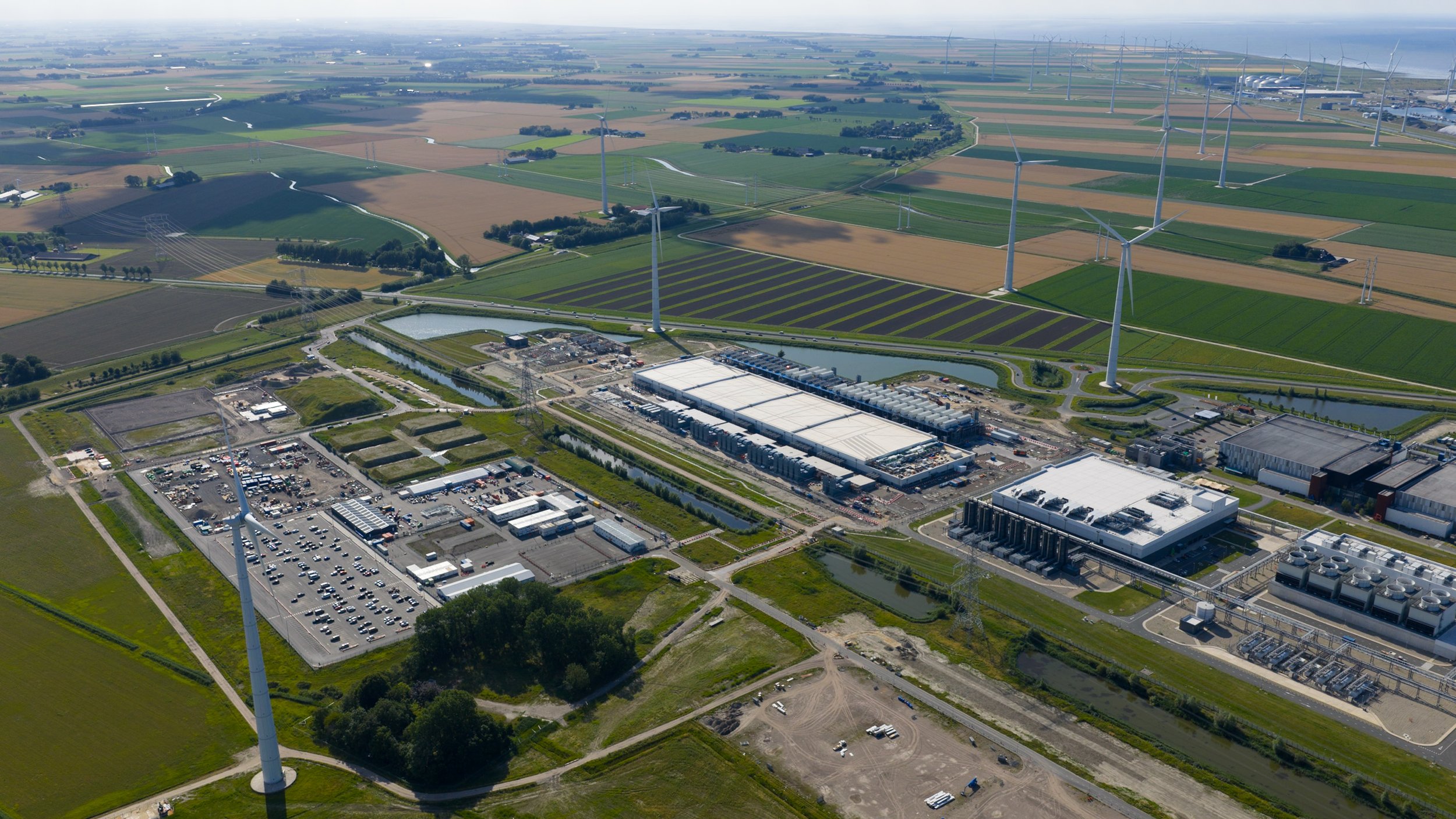235MW of take-up forecasted for Madrid, Milan, Warsaw and Zurich
The European data center market in Q2 2025 presents a deceptive picture: while headline take-up figures suggest a slowdown, the underlying reality is one of unprecedented supply constriction and immense latent demand.
This analysis is based on CBRE Research, European Data Centres, Q2 2025.
On the surface, a rare pause in what has been a period of relentless growth masks a more profound and persistent market reality: an environment of extreme supply scarcity, historically low vacancy rates, and immense long-term growth pressure.
While new contract signings have momentarily cooled, the underlying fundamentals reveal a market constrained not by a lack of interest, but by a critical shortage of power, land, and available space.
A Temporary Pause in Unprecedented Demand
In the data center industry, "take-up"—the total capacity contracted by customers within a given period—serves as a primary indicator of market health and short-term momentum. In the first half of 2025, this key metric pointed to a significant, albeit temporary, deceleration.
A closer look at the data reveals a notable 26% year-on-year decline in contracted capacity for H1 2025. Hyperscalers and enterprise clients committed to a total of 272MW of new capacity, a substantial decrease from the 366MW contracted during the same period last year.
The primary cause for this downturn has been attributed to the strategic actions of a single, major hyperscaler, which either halted negotiations or delayed the development of several planned data centers across Europe.
Scarcity of Power, Land, and Space
While take-up figures capture immediate market activity, the true long-term drivers shaping the European data center landscape are supply availability and vacancy rates. These factors directly influence pricing, expansion strategies, and the ability of businesses to secure the digital infrastructure they need.
The current market is defined by unprecedented tightness, a condition underscored by several key trends.
The European vacancy rate held steady at a historic low of 9.1% in Q2 2025 and is forecasted to fall even further to 7.9% by the end of the year.
In a rare exception to the recent trend, the 137MW of new supply delivered in Q2 slightly outpaced the 114MW of take-up.
New data centers are becoming increasingly difficult to build due to a systemic lack of available grid power and a shortage of suitable, development-ready land across the continent's major hubs.
The market's scarcity is forcing companies to plan years in advance. This is evidenced by the fact that 65% of all contracted capacity in the first half of 2025 consisted of pre-lets—deals signed in previous years for facilities yet to be built.
These powerful supply-side constraints set the stage for diverging fortunes across Europe's largest and most important data center markets.
FLAPD Markets
The primary hubs of European data center activity—Frankfurt, London, Amsterdam, Paris, and Dublin (FLAPD)—collectively represent the core of the market. However, their individual performances in Q2 2025 reveal the varied and significant impacts of the continent's supply constraints.
Frankfurt: Frankfurt became only the second European market to surpass 1GW of operational supply. This reflects a remarkable compounded annual growth rate of 20% over the past decade. Despite strong ongoing demand, power and land shortages are forcing new development into surrounding areas like Offenbach.
London: London, the largest European market, exceeds Frankfurt's total supply by 114MW. The city is on track for a record year, with an expected take-up of 172MW in 2025, driven largely by hyperscaler demand.
Paris: The French capital is forecasting an "exceptional year of demand." Growth is particularly strong in the southern part of the city, which has become a preferred location for new hyperscale-ready facilities.
Amsterdam: In Amsterdam, a national moratorium on plans for new data centres with an IT load of 70MW or more and a lack of grid capacity have stalled development.
Dublin: Data center providers in Dublin are struggling to find power sources for new projects, which resulted in zero new supply and only nominal take-up recorded in Q2, an unsurprising outcome for a market with critically low vacancy and no new inventory.
As these primary markets increasingly hit their growth ceilings, both developers and customers are strategically shifting their focus toward emerging secondary cities across Europe.
Growth of Secondary Markets
Secondary markets are rapidly evolving from peripheral locations to strategic frontiers for European data center expansion. They serve as essential pressure-relief valves for the constrained primary hubs and offer new opportunities for growth.
The growing importance of these markets is clear in the latest supply figures. In Q2 2025, secondary markets represented more than one-third (33%) of all new data center supply delivered in Europe.
The standout performer was Warsaw, which delivered 30MW of new capacity—more than any other single secondary market during the quarter.
Four cities in particular are projected to capture nearly 80% of the 235MW of take-up forecasted for secondary markets in 2025: Madrid, Milan, Warsaw, and Zurich. This demonstrates a concentrated and strategic expansion into hubs with greater power and land availability.
This strategic expansion into new territories underscores the powerful, long-term trends that continue to fuel insatiable demand across all European markets.
Navigating a Complex and Growing Market
The Q2 2025 data reveals a European data center market at a critical inflection point. The headline slowdown in take-up is a minor event when measured against the larger, more defining trends of severe supply constraints and historically low vacancy.
The fundamental drivers of demand—including the continued adoption of cloud services and the immense capacity requirements of AI companies—remain unstoppable.
The defining challenge for the European data center market is no longer stimulating demand, but navigating a complex and fractured landscape in a strategic race for power and entitled land.
You can read the full CBRE Research, European Data Centres Q2 2025 Report Here>

